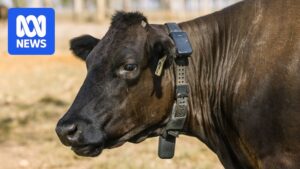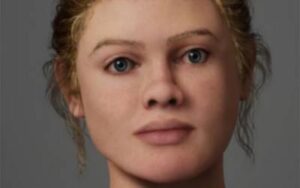A massive crocodile, famously captured and released by Steve Irwin in the 1990s, has been relocated from Far North Queensland to Australia Zoo, sparking controversy. The Department of Environment, Tourism, Science and Innovation (DETSI) began receiving reports in July about a large crocodile exhibiting dangerous behavior towards humans in Rinyirru (Lakefield) National Park.
The crocodile, known as Old Faithful, measures over four meters in length and was captured by DETSI wildlife officers in early September. The reptile was held until this past weekend, when it was transported to the Irwin family zoo on the Sunshine Coast. Australia Zoo announced Old Faithful’s arrival in an Instagram video, featuring historical footage of Irwin capturing and releasing the crocodile decades ago.
Concerns Over Relocation
Toby Millyard of Australia Zoo explained that Old Faithful had been repeatedly fed by visitors in the national park, leading to its dangerous behavior. “Once we heard he was unreleasable, we jumped in to offer to give him a home because we know that we can give him the best of the best for the rest of his life, and to avoid him going to a crocodile farm,” Millyard stated in the video.
However, the decision has not been without its detractors. Local conservation groups and Indigenous leaders have voiced their concerns over the crocodile’s 1600-kilometer journey. Alwyn Lyall, chair of the Rinyirru (Lakefield) Aboriginal Corporation, expressed disappointment that traditional owners were not consulted. “Old Faithful is a totemic animal for the Kuku Warra Aboriginal people, and some family members have very strong and cultural connections to Old Faithful,” Lyall told SBS World News.
Legal and Cultural Implications
Under Queensland law, any crocodile more than four meters long or with unusual characteristics is classified as an “icon crocodile,” which subjects it to special rehoming rules. A DETSI spokesperson claimed that the department had consulted “relevant Traditional Owners before the crocodile was removed from the wild in September, and while considering rehoming options for the animal.”
Jesse Crampton of Croc Country Australia, a facility in Far North Queensland, expressed frustration over the process. Crampton had submitted an expression of interest to rehome Old Faithful but received no response. “After an expression of interest and assessment of options, it was determined that Australia Zoo was the most suitable facility to receive the crocodile,” the department spokesperson said.
Community Backlash and Future Considerations
Community Representation of Crocodiles (CROCS), a conservation group based in Cairns, accused the state government of acting in an underhanded manner. “Over the weekend the department quietly transferred Old Faithful from the Cairns holding facility to Australia Zoo,” the group stated in a Facebook post. They also noted that more than 450 letters had been sent to Queensland Environment Minister Andrew Powell regarding Old Faithful’s situation.
The relocation of Old Faithful highlights the ongoing tension between wildlife conservation efforts and cultural heritage preservation. As communities and conservationists continue to debate the best practices for managing iconic wildlife, the case of Old Faithful serves as a reminder of the complex interplay between environmental stewardship and cultural respect.
Looking forward, the situation underscores the importance of transparent communication and consultation with Indigenous communities in wildlife management decisions. As Old Faithful settles into its new home, stakeholders will be watching closely to see how similar cases are handled in the future.







